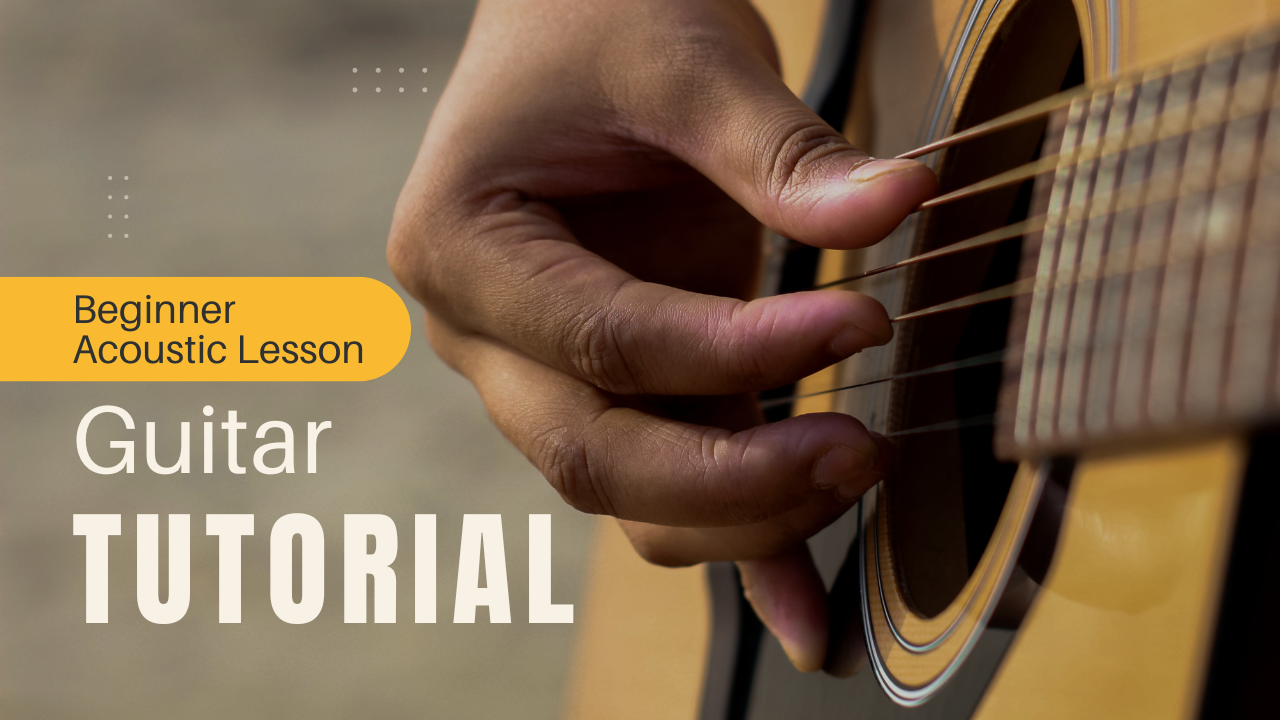Learning how to play the guitar is an exciting and rewarding journey, and one of the first things you need to do on this path is learn a few Beginner Guitar Chords. Chords form the backbone of most songs, and being able to switch between them fluently will open up a world of playing guitar styles and possibilities for you. This article will familiarize you with some Beginner Guitar Chords and tips on practicing them.
Table of Contents
What Are Guitar Chords?
A guitar chord is a group of notes played together. This happens when you press your fingers on a bunch of strings, and then strum or pick those strings simultaneously. Chords can be major, minor, or more complicated structures, but basically, they will all sound kind of unique.
Essential Beginner Chords:
1. E Major (E)
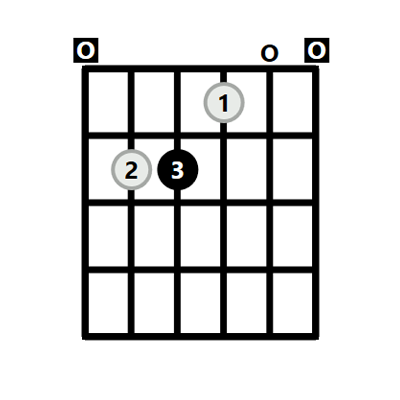
Finger Position:
- Point your index finger to the first fret of the third string (G string).
- Middle finger on the 2nd fret of the 5th string (A string)
- The ring finger on the second fret of the fourth string (D string)
- Sound: Bright and full
2. A Major (A)
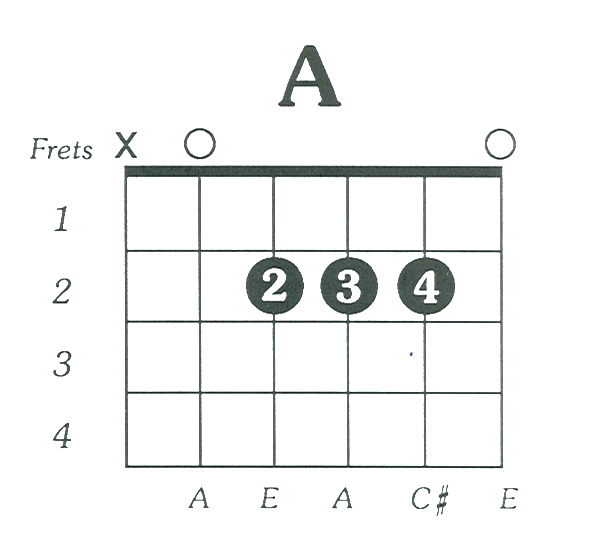
Finger Position:
- 2nd fret of the 4th string (D string) with index finger
- Middle finger on the 2nd fret of the 3rd string (G string)
- Ring finger 2nd fret of the 2nd string (B string)
- Sound: Happy and clear
3. D Major (D)
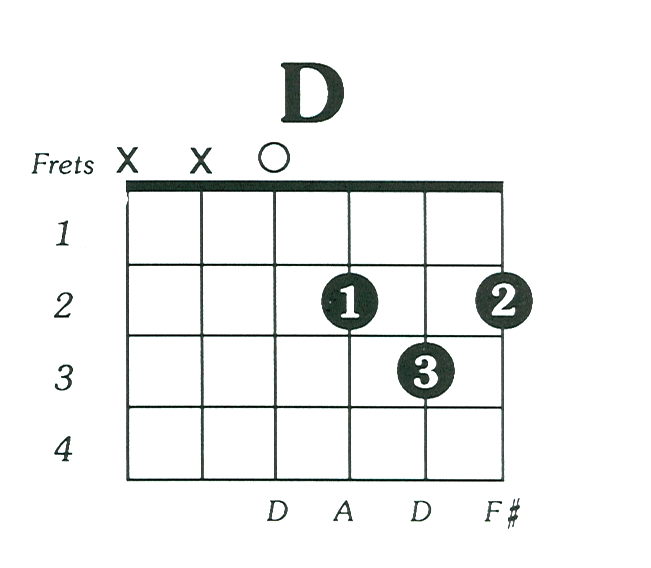
Finger Position:
- Index finger on the 2nd fret of the 3rd string (G string)
- Index finger on the 2nd fret of the 1st string (high E string)
- Ring finger third fret of the 2nd string (B string)
- Sound: Bright and vibrant
4. C Major (C)
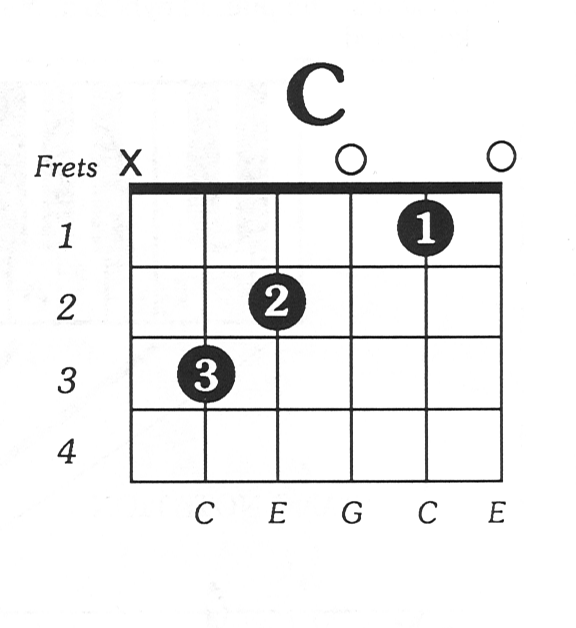
Finger Position:
- Put your index finger on the 1st fret of the 2nd string (B string).
- Second finger ( middle finger ) on the 2nd fret of the fourth string.
- Place your ring finger on the 3rd fret of the 5th string ( A string ).
- Sound: Warm and open
5. G Major (G)
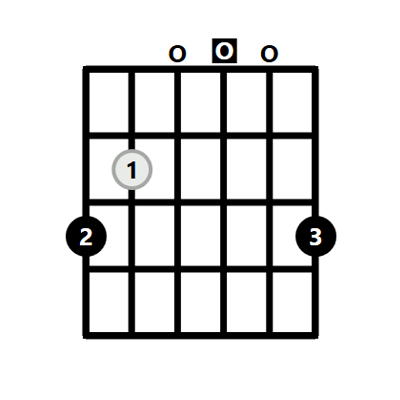
Finger Position:
- Index finger 2nd fret of the 5th string (A string)
- Middle finger 3rd fret of the 6th string (low E string)
- Ring finger 3rd fret of the 1st string (high E string)
- Sound: Full and resonant
6. F Major (F)
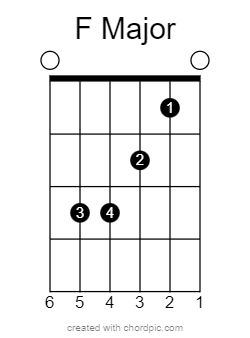
Finger Position:
- Index finger 2nd string of the first fret ( B string )
- Middle finger 2nd fret of the 3rd string (G string)
- Ring finger 3rd fret of the 5th string (A string)
- Pinky finger 3rd fret of the 4th string (D string)
- Sound: Bright and strong
7. E Minor (Em)

Finger Position:
- Index finger on 2nd fret of the 5th string (A string)
- Middle finger on 2nd fret of the 4th string (D string)
- Sound: Dark and moody
8. A Minor (Am)
Finger Position:
- Index finger on 1st fret of the 2nd string (B string)
- Middle finger on the 2nd fret of the 4th string (D string)
- Ring finger on the 2nd fret of the 3rd string (G string)
- Sound: Sad and mellow
Tips for Practicing Chords
Start Slow: Concentrate on getting the finger positions of each chord right before worrying about speed .
Get a Metronome: Using a metronome when practicing can help keep you honest in playing rhythmically and allow you to comfortably increase your speed.
Practice Transitions: You will switch between chords when you play songs. Take 2 chords, and practice switching from one to the other until it becomes relatively smooth.
Strumming Patterns: Explore different strumming patterns to diversify your playing.
Regular Practice: Consistency is the key. Spend even a few minutes each day practicing and you’ll improve.
Common Beginner Mistakes
Pressing Too Hard: By pressing too hard, you will only end up with sore fingers and develop tension in your playing. Press the string with only enough force to get a clear sound.
Finger placement is important! Be sure to have your fingers right behind the metal frets and not on top of other strings!
Transitioning too quickly: Worry more about the accuracy not the speed.
